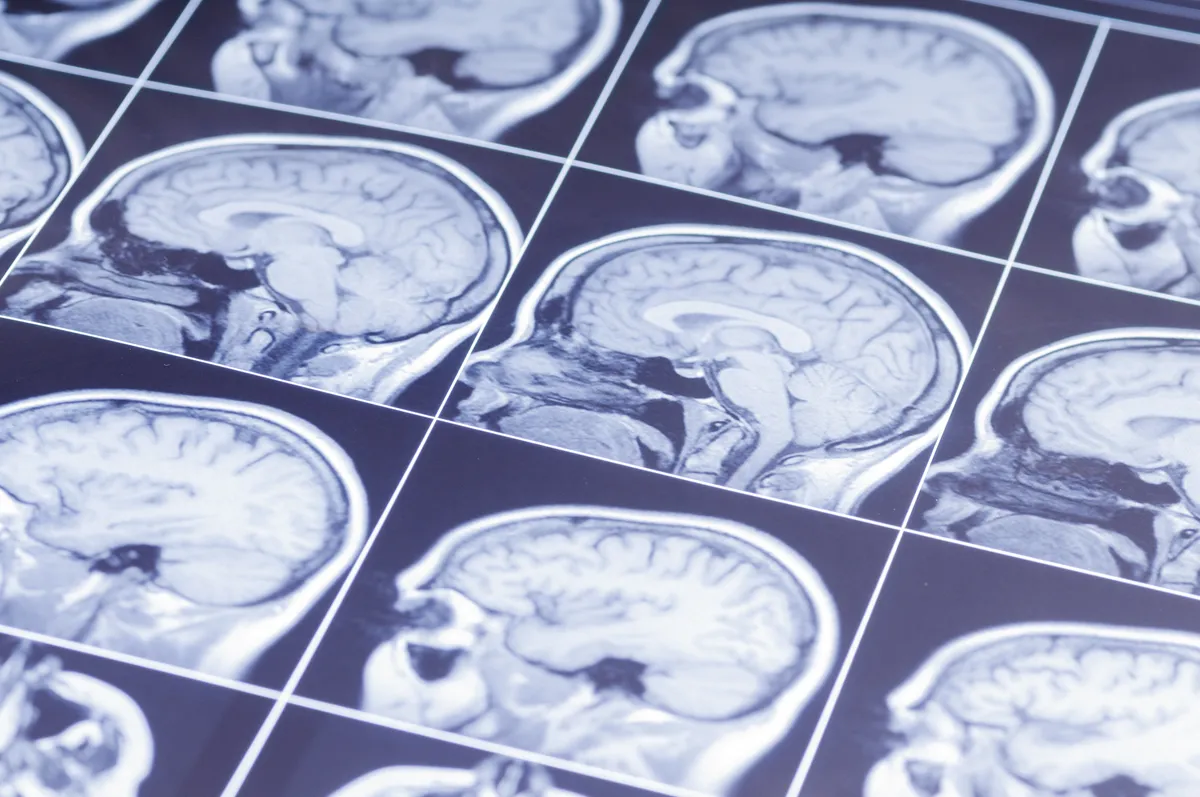Therapy depression is one of the most widely searched topics today, as millions of people look for effective ways to manage or overcome depressive disorders. While medications, psychotherapy, and electroconvulsive therapy (ECT) are standard treatments, many individuals still experience treatment-resistant depression (TRD). A groundbreaking case study now shows how experimental brain stimulation, known as Personalized Adaptive Cortical Electro-Stimulation (PACE), could change the future of mental health care.
The Patient’s Long Struggle With TRD
The 44-year-old man had lived with psychiatric illnesses, including depression and PTSD, since childhood. His first panic attacks began in kindergarten, and he later endured a continuous depressive episode lasting 31 years without remission.
Despite undergoing multiple therapy depression approaches – including at least 19 medications and three rounds of ECT – he found no lasting relief. In fact, ECT caused cognitive impairment, worsening his quality of life. Like many with TRD, he also faced suicidal thoughts and attempts, a common risk among patients who do not respond to standard therapies.
Introducing Personalized Adaptive Cortical Electro-Stimulation (PACE)
Searching for new answers, researchers at the University of Minnesota enrolled him in a study testing PACE, a novel minimally invasive brain stimulation method. Unlike conventional therapy depression treatments, PACE begins with precision functional mapping using fMRI scans to create a unique “brainotype.”
In this patient, the scans revealed an enlarged salience network, covering 12.4% of his brain’s cortex. This abnormality is often linked with chronic depression and explains why traditional therapy depression methods had limited success.
How PACE Worked
Surgeons implanted four electrodes in carefully chosen brain regions. When stimulation began, the effects were immediate:
- Stimulating the default mode network triggered overwhelming joy.
- Other electrodes created calmness and relaxation.
- Some stimulation patterns caused anxiety, proving adjustments were crucial.
Doctors refined his therapy depression plan during monthly sessions. Within seven weeks, his suicidal ideation disappeared. After four months, his mood improved by 59% on standardized tests. Even more impressive, these improvements lasted for at least 30 months—the longest period of wellness in his adult life.
Dr. Ziad Nahas, the study’s first author, remarked: “In psychiatry, we don’t have cures, but this is probably the closest we can get.”
Why This Matters for Mental Health
Treatment-resistant depression is among the most difficult conditions in psychiatry. Many patients try multiple therapy depression methods—medication, talk therapy, ECT, TMS, or ketamine—yet still find little relief. PACE may represent a breakthrough because it is:
- Personalized: Tailored to each patient’s unique brain activity.
- Adaptive: Adjustable over time to optimize results.
- Less invasive: More targeted than traditional deep brain stimulation.
This case highlights a possible shift in how therapy depression might be approached in the future—moving away from one-size-fits-all treatments toward individualized brain-based solutions.
The Road Ahead
The study is still awaiting peer review, and PACE remains experimental. Large-scale, double-blind trials are needed to confirm whether the benefits can be replicated. For now, though, this case provides hope that therapy depression strategies could soon become more personalized and effective.
Frequently Asked Questions (FAQs) –
1. What is treatment-resistant depression (TRD)?
TRD refers to major depressive disorder that doesn’t respond to at least two or more adequate trials of antidepressant medications. It affects about one-third of people with depression who have tried conventional therapy depression options.
2. How is TRD currently treated?
Treatments include antidepressants, psychotherapy, ECT, transcranial magnetic stimulation (TMS), and ketamine therapy. However, these therapy depression approaches don’t work for everyone.
3. What makes PACE different?
Unlike ECT or TMS, PACE uses brain mapping and implanted electrodes to target dysfunctional brain networks. It represents a personalized form of therapy depression tailored to the individual.
4. Is PACE available now?
Not yet. It’s still experimental and has only been tested on one patient. More trials are required before PACE becomes a standard therapy depression option.
5. What is the role of the salience network?
The salience network helps the brain detect and respond to important stimuli. Abnormalities are linked to depression, showing why targeting it with brain stimulation may improve therapy depression outcomes.



